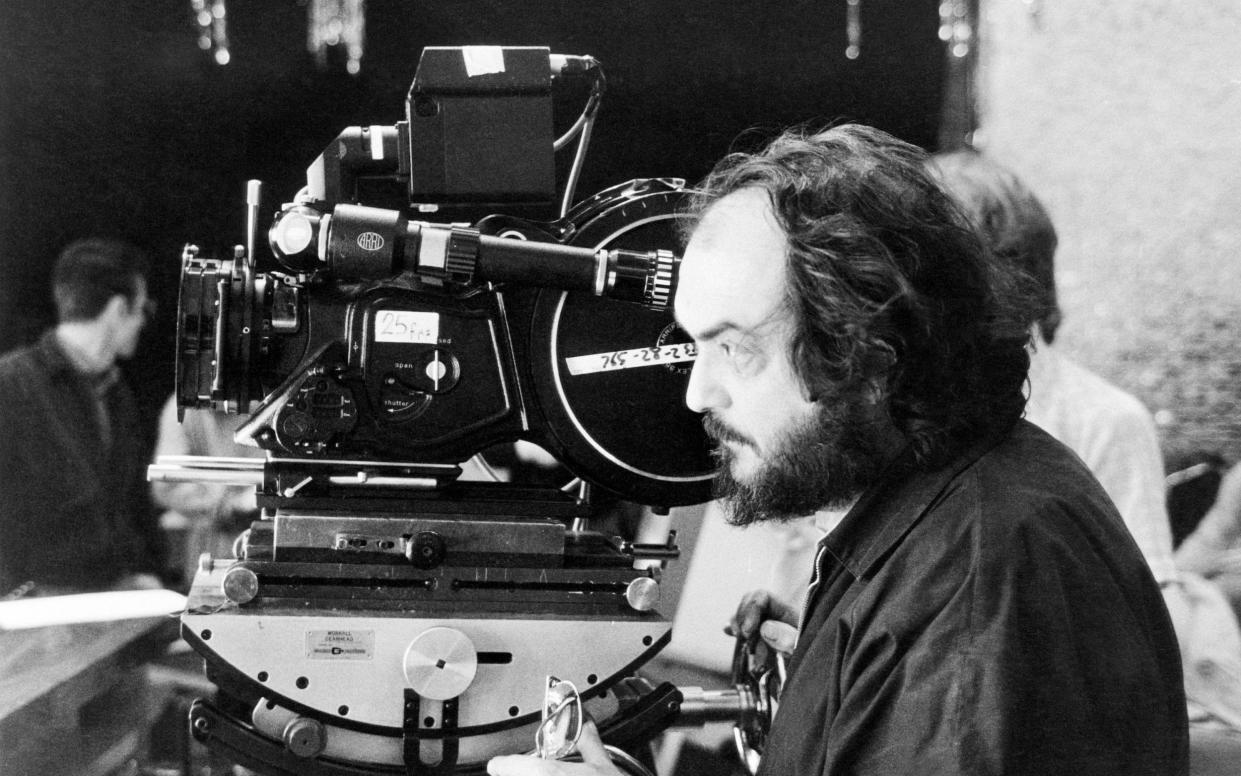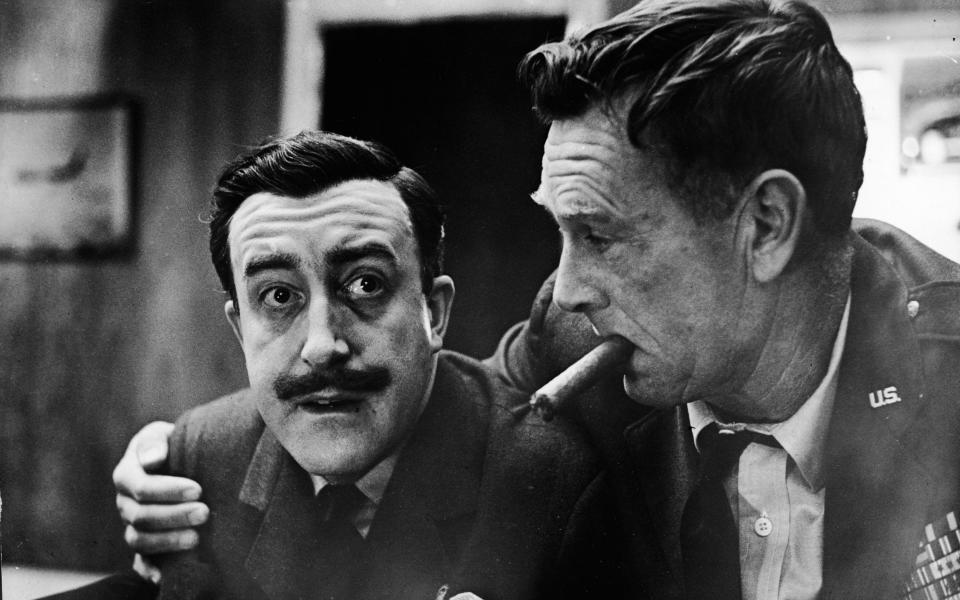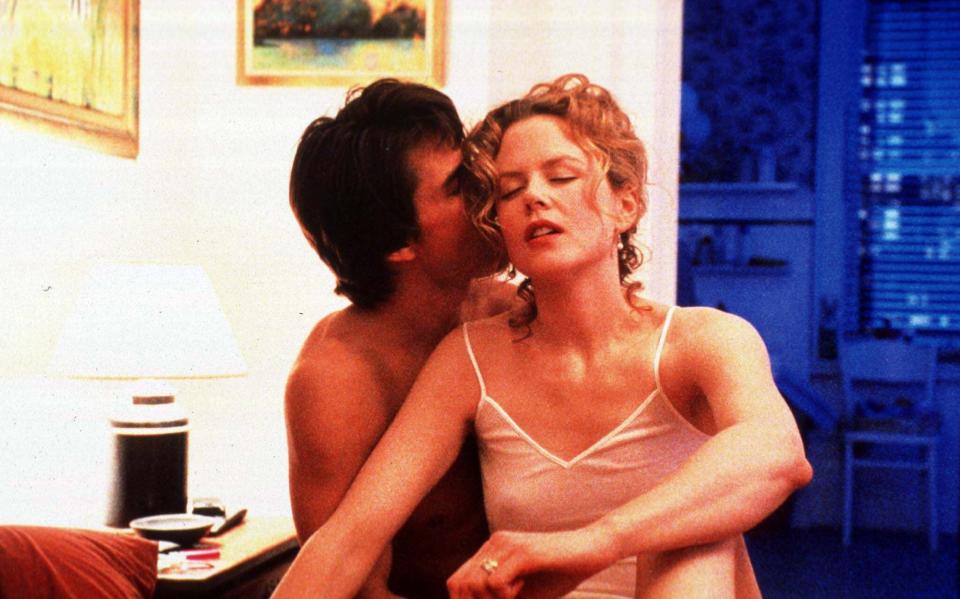The masterpieces Stanley Kubrick didn’t make

- Oops!Something went wrong.Please try again later.
- Oops!Something went wrong.Please try again later.
- Oops!Something went wrong.Please try again later.
- Oops!Something went wrong.Please try again later.
The 25 years since Stanley Kubrick’s death have been kinder to his oeuvre than any filmmaker could hope. Works that were once received with hostility or bafflement are now revisited with studious awe. For the first time, Kubrick has three entries in Sight and Sound’s widely polled list of the 100 greatest films ever made, including one (2001: A Space Odyssey) in the top 10. The other two, Barry Lyndon and The Shining, are now canonically enshrined in ways no one would have predicted in 1975 and 1980, when they appeared to middling reviews.
The mythology around Kubrick’s artistic temperament has grown, too, and become more nuanced, less wilfully misinformed. The old image of the unkempt, paranoid recluse, horrible to all his actors, holed up in his fortress near St Albans, has been challenged by warm reminiscences from those who knew him. It’s possible to gain a more textured grasp of his personality – an effort never expended by the tabloids who caricatured his behaviour and hounded his family in the last years of his life.
Faber’s hefty new biography, co-authored by the film academic Robert P Kolker and the Jewish Studies professor Nathan Abrams, aims to evaluate Kubrick in the round, weighing achievements against methods, and clearing away some of the apocryphal dead wood. Intractability and genius sit side by side: there’s room for most people to grasp both. Take Malcolm McDowell, who had his cornea scratched during the endless takes with his eyes clamped open in A Clockwork Orange. When he came back with one eye patched, Kubrick simply demanded to shoot the other.
And yet, despite acknowledging the exhaustions of the shoot, McDowell came away with abidingly pleasant memories of Kubrick’s humour and intelligence. More so than his co-star Adrienne Corri, perhaps the director’s harshest critic in these pages, who complained of his inability to talk to women, and griped of his female characters that they were either mothers or sexpots – “very few of them have brains”.

Feminism and Kubrick have often been uneasy bedfellows. Outside family members, his key collaborators were almost all men. There were only four women, late on, among dozens admitted through the revolving door of screenwriters he would commission on projects, including the aborted ones, such as his long-harboured Napoleon – finally killed by Warner Bros at the turn of the 1970s – and the Holocaust drama The Aryan Papers, which was fatally wounded when Schindler’s List pipped it to the post. One of Stephen King’s biggest complaints about The Shining was how Kubrick had transformed the novel’s smart, resourceful heroine into the simpering hysteric the director wanted Shelley Duvall to play, traumatising her in the process.
The authors are stronger on the long-range strategy of Kubrick’s career, which he nurtured with unrelenting zeal from his early 20s, obsessively watching everything he could, convinced there were many ways to improve on other filmmakers’ efforts. His perfectionism wouldn’t allow the feature debut Fear and Desire (1952), which he considered beneath him, to stay in circulation – he destroyed the negative, and it would be lost to us if a few stray prints hadn’t shown up in archives.
Mid-production on almost all his films, Kubrick would pounce on opportunities to file an insurance claim, thus buying time to take stock and ponder his next move. His lifelong love of chess provides many analogies here for the game of getting films successfully across the line. So does his admiration for Napoleon, an inspirational figure who masterminded every phase of his life’s campaign.

The most prominent angle is the re-examination of Kubrick’s Jewish identity, scrubbed away as it was in his work. The overtly Jewish milieu of Arthur Schnitzler’s Dream Story, which screenwriter Frederic Raphael made various efforts to preserve, barely made it into Eyes Wide Shut, beyond the casting of Sydney Pollack.
And The Aryan Papers could have been quite self-revealing: it was based on Louis Begley’s Wartime Lies (1991), the semi-autobiographical account of an aunt and nephew who escape Nazi persecution by posing as Catholics. Anti-Semitic persecution from early in his life seems never to have left Kubrick, and produced a scarred wariness that informs his work just as deeply as (say) Spielberg’s more forthright sentimentality. This vein yields the sharpest insights in an overview that’s sturdy, but never quite sings.
Kubrick: An Odyssey is published by Faber at £30. To order your copy for £25, call 0844 871 1514 or visit Telegraph Books

